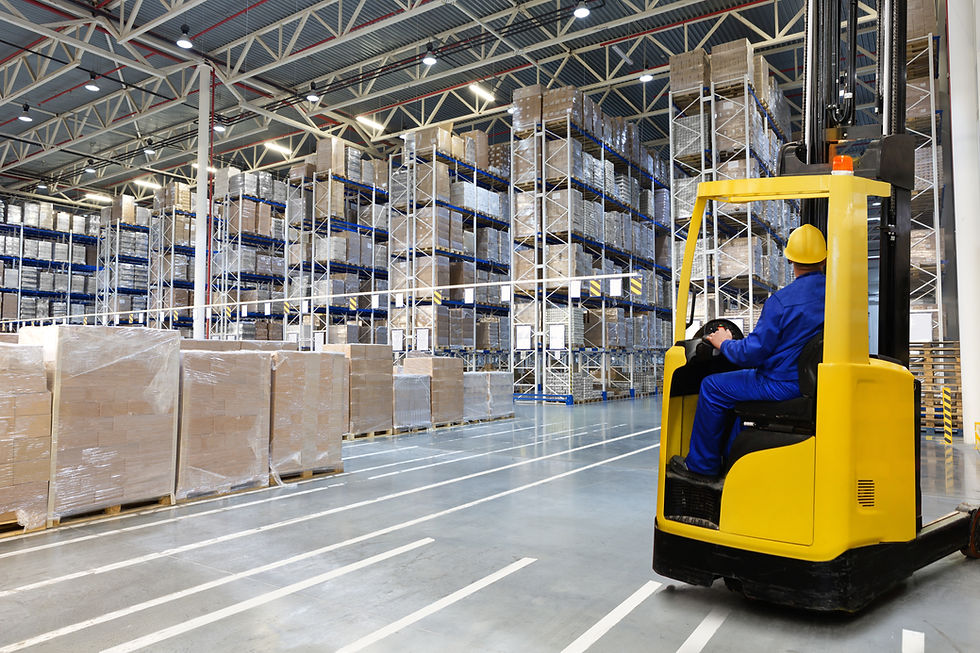From Warehouses to Innovation Hubs: The New Blueprint for Industrial Real Estate
- Current Business Review Staff

- Mar 14
- 2 min read

Once viewed as the quiet engine of commerce, industrial real estate has become one of the most dynamic, high-performing sectors in the global property market. In 2025, warehouses aren’t just storage—they’re strategic assets powering supply chains, automation, and innovation.
Driven by e-commerce, global trade shifts, and rising demand for localized logistics, industrial real estate is experiencing a design and function overhaul. The new blueprint includes tech integration, sustainability, and adaptability, all aligned with how goods, data, and people now move.
Logistics Has Become a Competitive Advantage
The explosion of e-commerce has redefined delivery expectations. Two-day shipping is old news—consumers now expect same-day or even same-hour fulfillment, which has created a ripple effect in industrial property demand.
Key shifts:
• Micro-fulfillment centers located closer to consumers
• Automated warehouses run by robotics and AI
• Cold storage facilities expanding due to health, pharma, and grocery logistics
• Edge logistics hubs supporting last-mile delivery in urban areas
The physical footprint of commerce has changed, and industrial developers are racing to keep up.
Beyond Storage: The Rise of Innovation Spaces
Industrial spaces are no longer just about boxes and inventory. Today, they’re evolving into multi-purpose environments designed to host:
• Research and development teams
• Tech-driven manufacturing operations
• High-speed connectivity for AI and IoT
• Robotics integration and automation labs
This shift is creating hybrid properties that blend traditional industrial functionality with innovation park flexibility—attracting tenants in biotech, clean energy, aerospace, and advanced manufacturing.
Strategic Locations Are Evolving
It’s not just major cities attracting industrial investment anymore. Secondary markets, port-adjacent zones, and strategically positioned logistics corridors are rising fast.
Growth hotspots include:
• MENA region for global distribution between East and West
• Southeast Asia as a manufacturing and export base
• Eastern Europe for nearshoring and lower-cost distribution
• Latin America for supply chain diversification and U.S. proximity
Access to infrastructure, trade routes, and labor are shaping the next wave of industrial real estate success.
Tech, Sustainability, and Smart Design
Future-ready industrial buildings now feature:
• Smart sensors and predictive maintenance systems
• Renewable energy integration and green certifications
• Modular layouts for flexible tenant needs
• High ceilings and automation-compatible infrastructure
Investors and developers are prioritizing future-proof assets—properties that adapt to tech, scale with demand, and meet ESG requirements from global tenants and funders.
The Bottom Line
Industrial real estate in 2025 is no longer in the background—it’s at the center of global business strategy.
Warehouses are becoming hubs of automation, logistics, and innovation—reshaping how companies operate and how cities grow. For investors, operators, and tenants alike, the opportunity isn’t just in space. It’s in intelligent, adaptive infrastructure designed to keep up with an accelerating world.




Comments